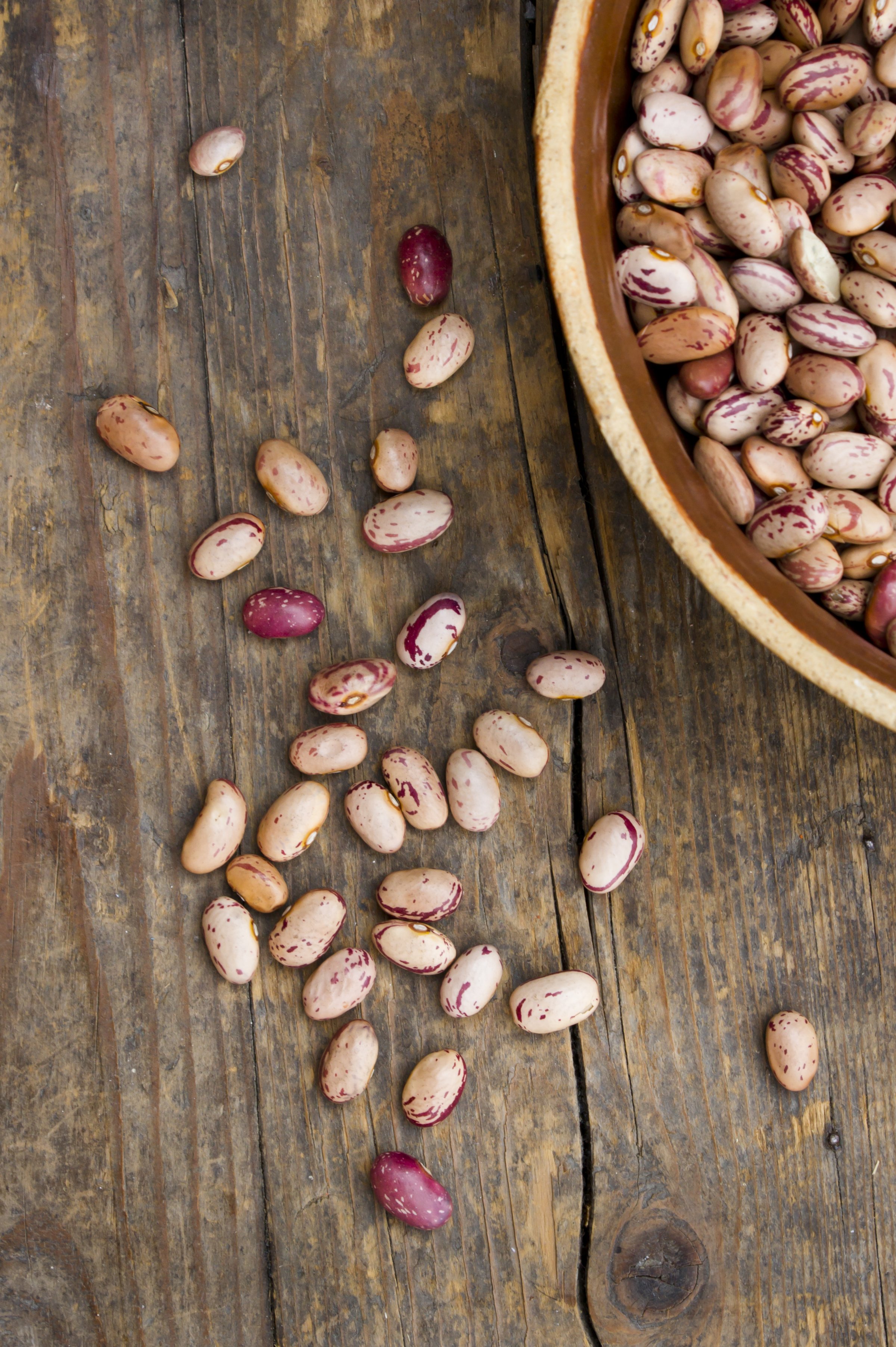
When you think about “slimming” foods beans probably don’t spring to mind. Most people think of green salads and lean proteins as the keys to shedding pounds, while forgetting about how much beans, and the larger food group they belong to called pulses (which also include lentils and peas), can bolster weight loss.
In fact, there’s a ton of research about the ability of these gems to help. Evidence that pulses help boost calorie and fat burning, curb hunger, and reduce belly fat led me to recommend a daily serving as one of the key strategies in my newest book Slim Down Now. And the science just keeps piling up.
For example, a new study from the University of Minnesota found that the fiber in beans can keep you feeling surprisingly full. Researchers asked men and women to test two “meatloaf” lunches, made from either beef or beans. Both meals provided an equal number of calories and fat grams, but differed in protein and fiber, with the meat loaf providing 26 grams of protein and 3 grams of fiber, and the bean version 17 grams of protein and 12 grams of fiber. Despite the beef meatloaf’s higher protein content, three hours after eating, both groups reported similar feelings of fullness and satisfaction.
This bonus fiber has been proven to help you slim down: each additional gram of fiber consumed can lead to an extra quarter-pound of weight loss, a 2009 study found. Other research shows that every gram of fiber we eat essentially “cancels out” about seven calories, because fiber bonds to some of the calories consumed, and prevents them from being absorbed into the blood.
Fortunately beans (and all pulses) are also gluten-free, affordable, readily available, and incredibly versatile—Oh yeah, and they’re chock full of vitamins, minerals, and antioxidants.
Bottom line: eating more beans is a simple and sustainable way to shed pounds and keep them off. Try these five easy (and delicious) ways to work them into your regular eating routine.
Use beans in place of or with meat
Aside from being far less expensive (extra lean ground beef costs about $9 a pound compared to just $1 for a can of beans) and better for the environment, using beans in place of meat is also a major time-saver. Use black, pinto, or white beans instead of meat in anything from taco salads to chili, or even as the study suggested, “meatloaf.” I use whole or mashed beans in a wide variety of dishes, including burgers, lasagna, and stuffed peppers. Another option is to cut your meat portion in half and fill the rest with beans.
Swap beans for other starches
Because beans provide both protein and fiber-rich carbohyrdrates they serve double duty—you can use them in place of animal protein, or as a replacement for traditional starches, like rice, corn, or potatoes. They work well as a side dish or incorporated into recipes. For example, in soups I often use beans instead of pasta or noodles, or toss them in a salad instead of quinoa. I’ve even served stir-frys over a small bed of beans rather than brown rice.
Swap dairy for beans
Pureed whole beans or bean flours, like fava, black, or white bean flour, make ideal bases or thickeners for creamy sauces and soups, and using them instead of whole milk or cream, along with water can slash hundreds of excess calories. In many dishes mashed beans can also take the place of cheeses. For example, in veggie lasagna I trade ricotta cheese for mashed white beans, seasoned with garlic and Italian herbs.
Eat beans as a snack
In addition to bean dips and hummus scooped up with raw veggies you can also oven roast beans on a baking sheet for a hearty, crunchy snack. Try different combos, like black beans sprinkled with chipotle seasoning, or white beans with rosemary or curry. Bean soups, or chilled bean side dishes, marinated in balsamic vinaigrette with chopped veggies, also make filling and nutrient-rich substitutes for processed options that can zap energy or leave you feeling unsatisfied.
Use beans in dessert recipes
You’ve probably heard of black bean brownies or even bean ice cream, both of which are delicious. It may be hard to believe at first, but trust me, there are plenty of yummy ways to incorporate beans into sweet treats.
I use them in puddings, smoothies, and frozen pops—not only are they undetectable flavor wise, but they add a thick, rich texture that seriously ups the satisfaction factor to a level that rivals traditional versions of these goodies. In baking, you can use bean flour in place of all-purpose to get that same texture. Plus, this makes your treats gluten-free, and is yet another simple (and fun) way to up your fiber intake.
Cynthia Sass, MPH, RD, is Health’s contributing nutrition editor, and privately counsels clients in New York, Los Angeles, and long distance. Cynthia is currently the sports nutrition consultant to the New York Rangers NHL team and the Tampa Bay Rays MLB team, and is board certified as a specialist in sports dietetics.
This article originally appeared on Health.com
More from Health.com:
More Must-Reads from TIME
- Cybersecurity Experts Are Sounding the Alarm on DOGE
- Meet the 2025 Women of the Year
- The Harsh Truth About Disability Inclusion
- Why Do More Young Adults Have Cancer?
- Colman Domingo Leads With Radical Love
- How to Get Better at Doing Things Alone
- Michelle Zauner Stares Down the Darkness
Contact us at letters@time.com